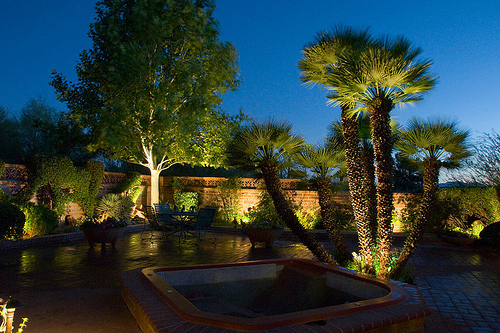Tucson has been experiencing an uncommonly warm winter, which can have noticeable and unfortunate side effects on your trees and plants. Let’s take a closer look at how your trees may respond to the changing temperatures.
They may have confusion.
Tucson’s warm winter could lead to a lot of “confusion” for the plants in your landscape. Plants have an instinctual response to changes in light and temperature, so they will gradually become dormant when normal signs of winter begin. However, when those signs—such as lowering temperatures and shorter day cycles—begin to reverse, then the plants will leave their dormancy and start to flower or grow. If a winter has premature warming or uncommonly warm stretches of time, then a tree or plant could be susceptible to dangerous cooling periods later in the season. This could result in frozen limbs or dead plants.
They may break buds.
Bud breaking is the term for when plants and trees begin to show new growth. This is a natural process and can happen at any time during a plant’s routine growing period. However, it should not happen during a plant’s dormant season, which is typically the winter. If your tree has responded to the warm winter with new buds of green or leaves on its limbs, then it is likely bud breaking too early. If the weather turns cold again, then you may not be able to protect these new buds and the tree may have a difficult time recuperating in the spring.
They may grow flowers.
If you have a flowering or fruit tree, then you may notice immature flowers growing soon. These flowers or fruits may not reach their full potential, due to the lack of sunlight and nutrients that are more common during the spring months.
Work with the experts at Complete Landscaping to ensure your trees are as healthy as possible throughout the year. We will help keep your trees and landscape in good shape during this warm winter and into spring and summer. Please call us at (520) 323-8918 to find out how we can help.

